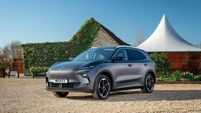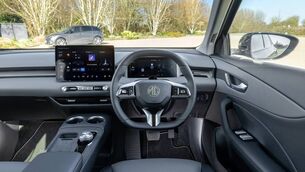Cupra Formentor E-Hybrid review: Defiantly sporty at the end of the PHEV road
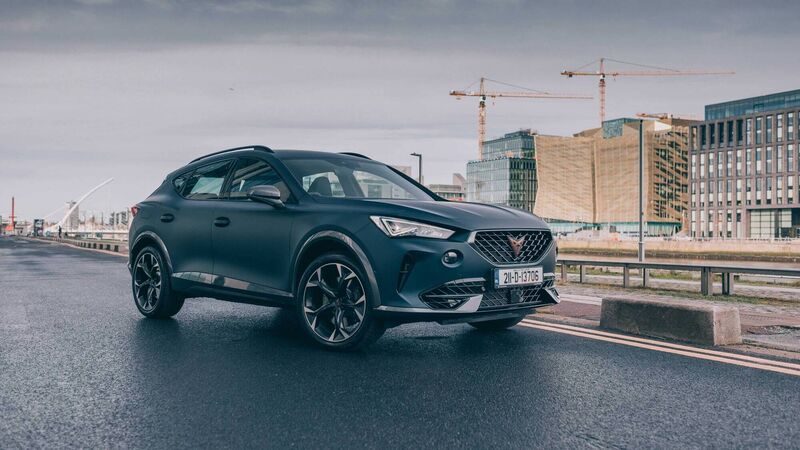
Cupra Formentor
|
Cupra Formentor E-Hybrid |
|
|---|---|
|
|
★★☆☆☆ |
|
|
Pre-budget, this car came in at €58,457, you can now add another €2,500 to that |
|
|
Really good, if utilised properly |
|
|
Quite spectacular |
|
|
Dead in the water |
The decision by the Government to remove the €2,500 grant for Plug-in Hybrid Electric Vehicles (PHEVs) has caused more than a flutter within the motor industry here, not to mention among the buying public who ordered one for next year, but who are now looking at cars which are substantially more expensive than they envisaged.
Although if you’re a lucky bunny, plug-in hybrids due to be delivered in 2021, but delayed due to the global semiconductor shortage, may avail of an extension to March 31.
It’s not going to crash your incentives such as home chargers or reduced toll charges, but the bottom line is that the Government here has abandoned the PHEV as a viable concept in the race towards reduced exhaust emissions and are now focussed solely on electric cars as the means to achieve its’ stated targets.
You may speculate those targets are imaginative at best, but we’re facing big EU fines for missing these worthy aims and our prospects of achieving them seem slim in the short term.
Naturally, the PHEV decision was met with a wave of wailing from an industry that has steadily ramped up the production of these things to meet the demand in a segment that is growing in popularity with the buying public.
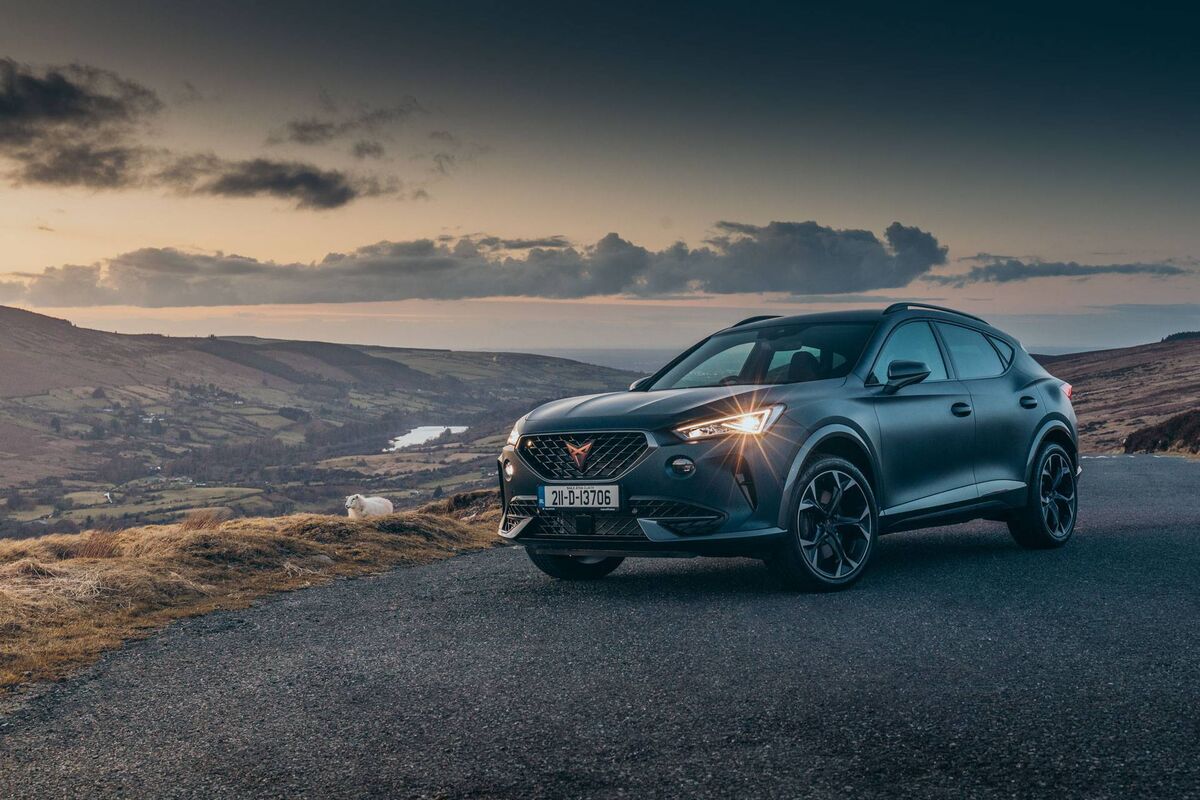
Some 7,452 new PHEVs have been registered so far this year, making up 7.4% of the new car market. That’s significantly up on last year when PHEVs accounted for just 2.8% of the market.
Green Minister Eamonn Ryan justified the pulling of the PHEV grant on the basis that the arrival of long-range, fully electric vehicles on the market means that range anxiety can become a thing of the past.
“A single charge on one of these will cover well over 400km range. While plug-in hybrids provided a part-electric solution for motorists who took longer journeys or were concerned about EV [electric vehicle] range, they were a compromise in terms of both emissions and air quality.
“Now that range anxiety has been addressed by manufacturers, we will focus our exchequer resources on fully electric vehicles,” he commented.
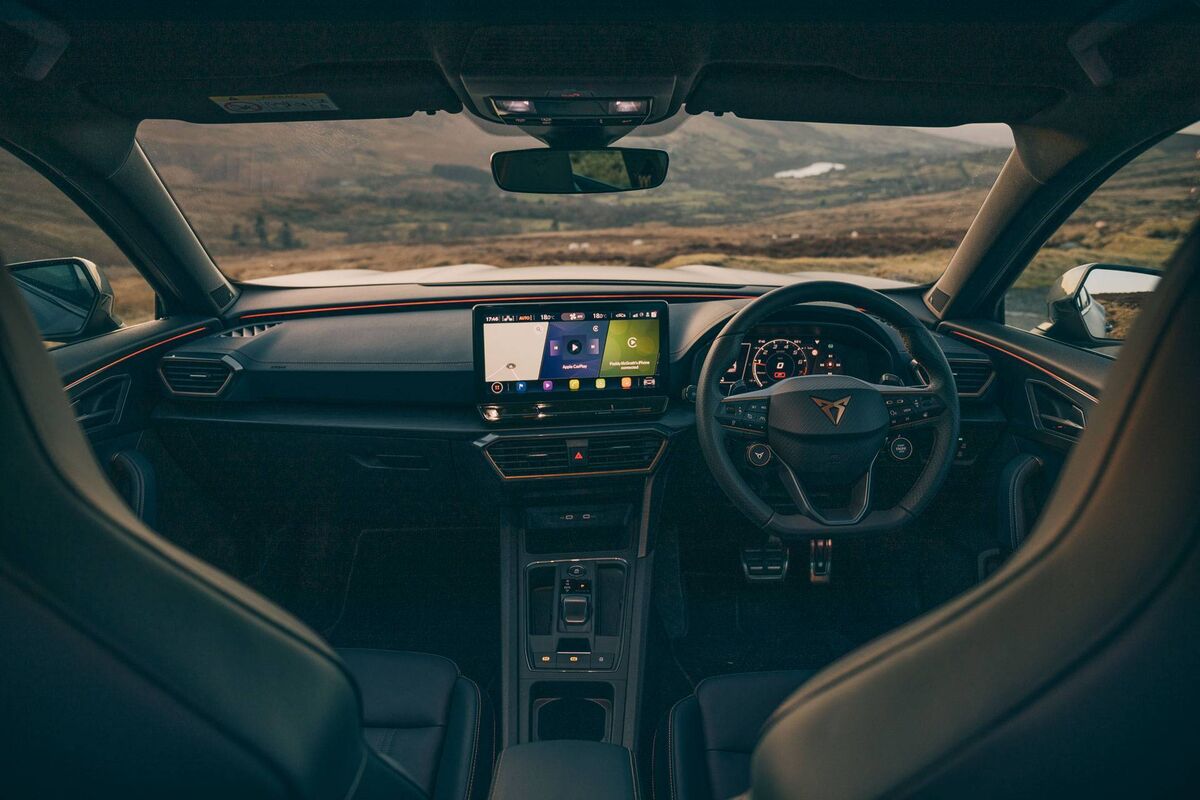
The counterargument from the industry is that PHEVs are an important stepping-stone to going fully electric, particularly in those many parts of the country where the charging infrastructure is brutal. But this is a smokescreen because, as every dog on the street knows, people were buying these things to avail of their tax-friendliness without ever bothering to use them as was intended.
Most certainly the move is a shock to an industry still reeling from the effects of the pandemic and Brexit and will cause further financial pain as well as logistical problems for manufacturers, retailers and customers.
But, even taking into account all the weeping and gnashing of teeth, it was also interesting in the past week to hear from Europe’s leading clean transport campaign group Transport & Environment (T&E) that PHEVs are effectively “fake electric cars” and are being used cynically by carmakers to bring down average emissions figures (thereby avoiding EU fines), without ensuring that the customer actually plugs the car in regularly.
The death knell of the PHEV concept is at hand, therefore – something we at Examiner Motoring have been predicting for some time – and manufacturers will now have to focus their minds on producing clean cars rather than pretend ones.

Bearing all this in mind we turn to this week’s tester, the Cupra Formentor E-Hybrid. Cupra, as we now know, are the premium sub-brand launched some years ago by SEAT and the Formentor is its’ first stand-alone model.
We have already tried the exciting and great-to-drive 310 bhp VZ 4WD version and found it to be a cracking machine and, truth be told, we found the 245 bhp E-Hybrid to be an equally compelling proposition as a drivers’ car, but with several reservations.
Visually, the Formentor is something of a tour de force, looking as it does like an estate car on performance-enhancing drugs.
On the one hand it is one of those increasingly popular but visually appalling SUV coupes; on the other it is defiantly sporty without lapsing anywhere near ugliness I must say though, that the Midnight Black metallic colour scheme was nothing like as eye-catching as the Dark Camouflage green that we had on the VZ model, even though the brand’s characteristic copper trim is very smart with either colour.
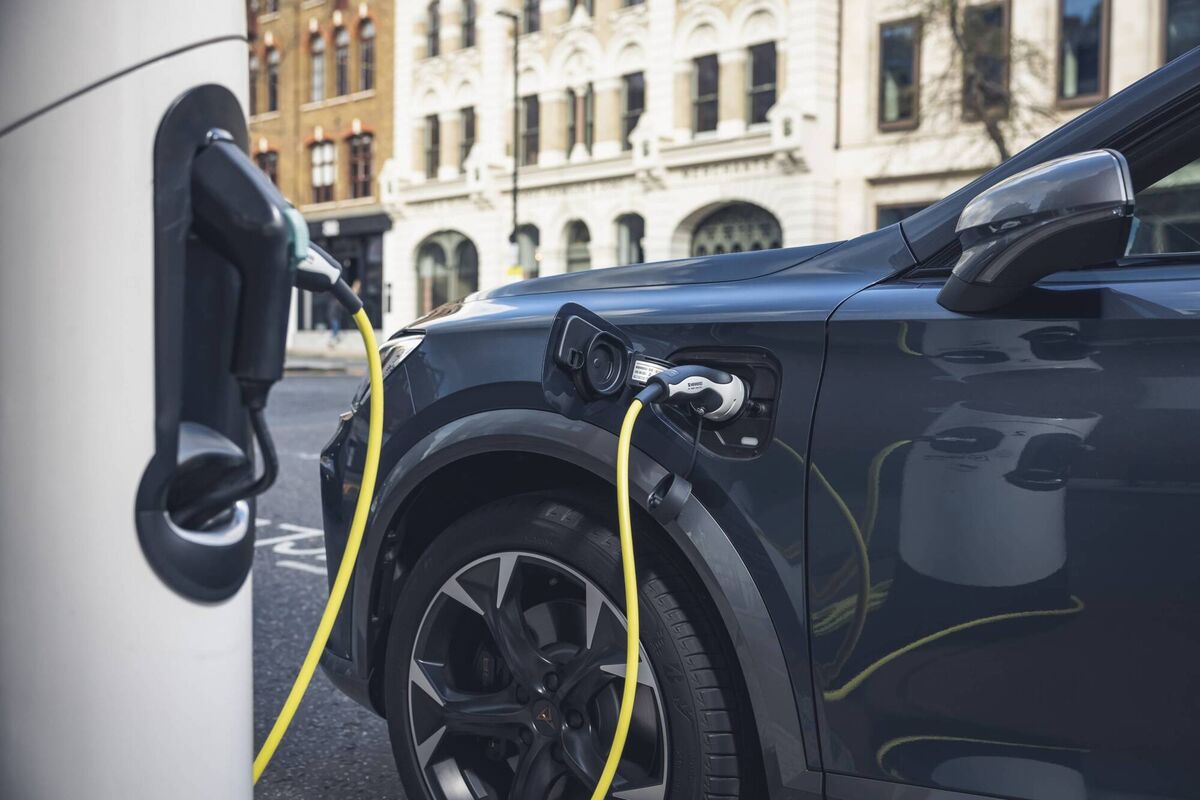
The interior too is exceptionally visually appealing with plenty of premium feel touchpoints and a décor layout that is smart, modern and unique. Worth noting too is the decent boot and the relatively low rear seats which means that accommodating the leggy in the back is not an issue, despite the severely sloped roofline.
The 12” infotainment screen is excellent, but not so easily navigated, and I have to say that the ‘slider’ system for some of its’ controls are not easy to master and are a bit of cod, to be honest.
The car is powered by the VW Group’s familiar 1.4 TSI petrol engine, bolstered by an 80-kW electric motor and a 13-kWh lithium-ion battery pack. This combo makes for a combined system output of 245 bhp, a top speed of 210 kph, a seven-second 0-100 kph time and makes this quite the sporty PHEV, which is not always the case.
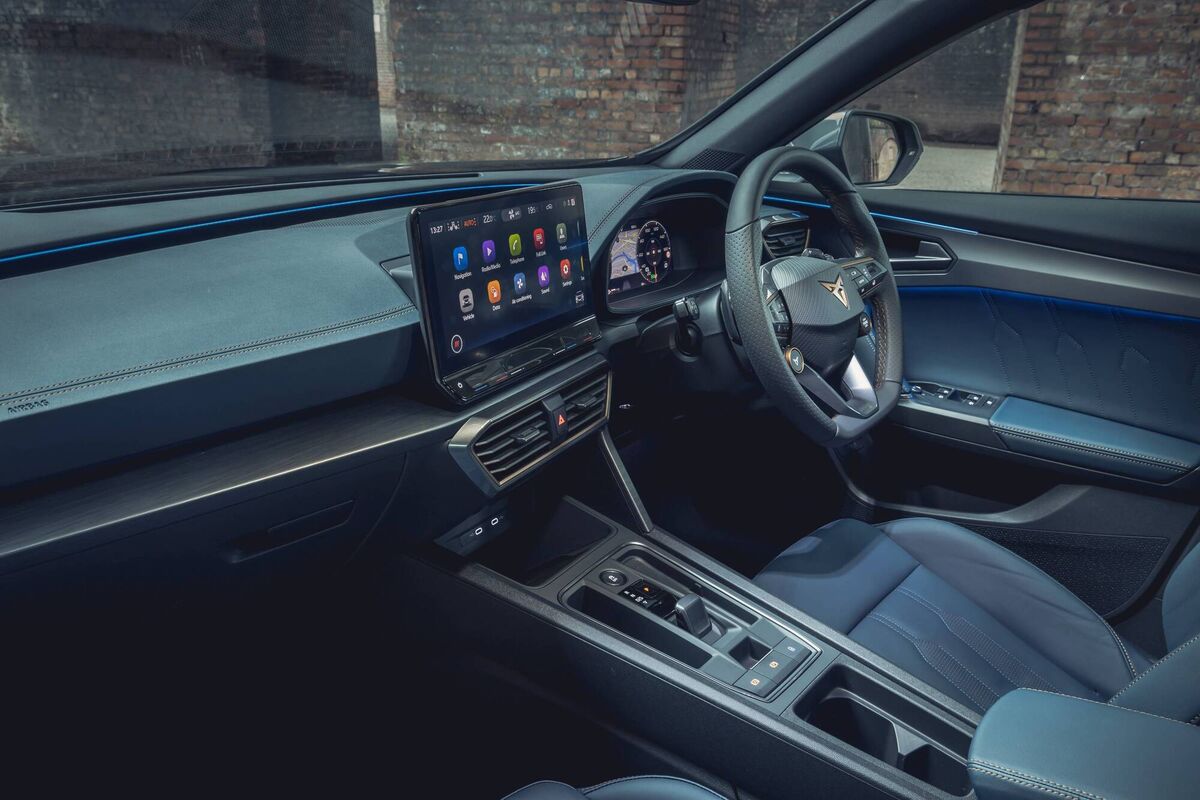
With a six-speed auto box and front-wheel drive, the Formentor E-Hybrid is well equipped to deal with modern driving needs and it handles and rides really well, despite being handicapped with the added weight of the battery pack.
But this is where the Cupra, along with every other PHEV you’ll encounter, comes up short. For all its sportiness, it will still only deliver – by Cupra’s own claims – a maximum of 59 km of electric motoring.
Such claims, as we know, are usually on the bright side of optimistic and we found that if you got 33 km from it under normal driving conditions, you’d be lucky.
This is simply just not good enough for a purported stepping-stone to electric driving and it is so meagre that it’s no wonder people can’t be arsed plugging these things in.
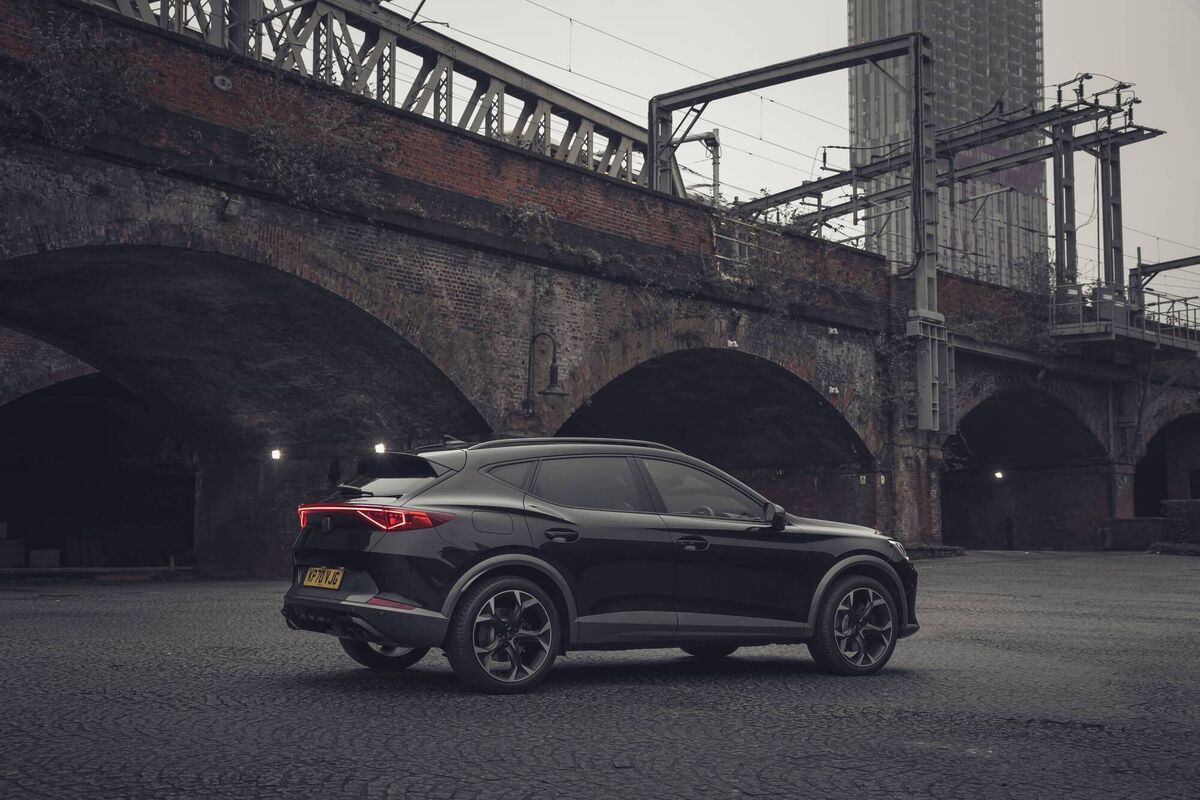
The downside of that is these punters are leaving the car to haul around weighty batteries without the benefit of the electric add-ons and that means they will have lousy fuel consumption and no electric benefits.
On that basis, it is easy to see why the government reached the decision they did in the budget when it comes to PHEVs and why they have run out of patience with the whole PHEV experiment.
Sadly, that means many people who bought them will be losing out financially and the car industry itself will lose out because selling them has just been made more difficult.
The sad thing for this car is that it is a really nice one and in other circumstances would be erring towards a five-star review; that’s not the case here for obvious reasons.
No matter what the industry says, these beasts were always going to be a short-term thing because as pure electric battery technology gets more sophisticated and more able to deliver workable driving ranges, their time was always numbered.
Indeed, it might now be at the end of the road.



